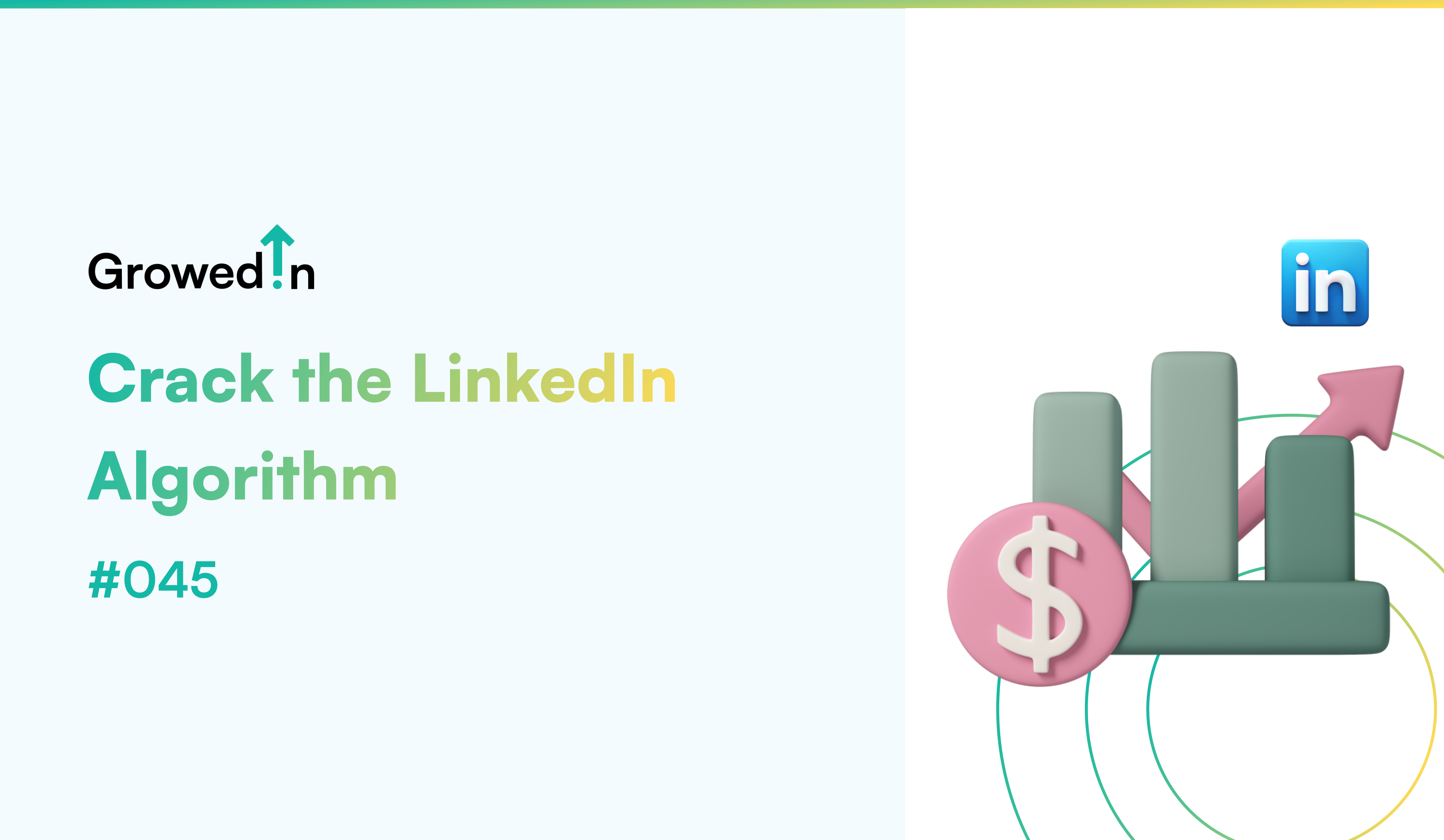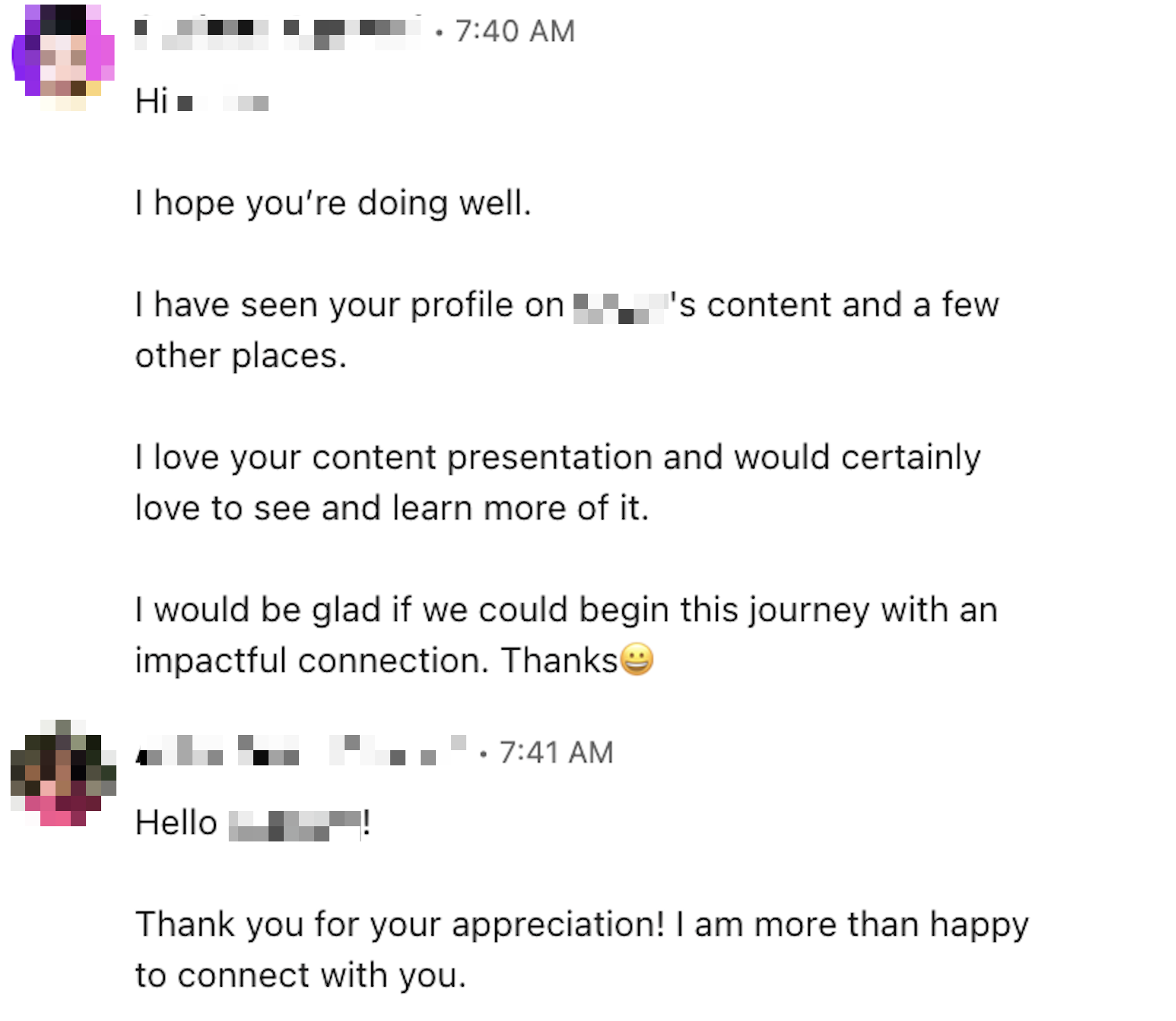#049 - LinkedIn Analytics: What to Track?
You log into LinkedIn, excited to see your numbers climbing. Growing impressions, new connections, a busy dashboard. It feels like success.
But as you dig deeper, you realise these numbers might not translate into real impact. Sound familiar? Many of us fall for vanity metrics that look impressive but don’t drive actual growth. Let’s explore the ones that do.
4 Key Metrics on LinkedIn
Not all metrics hold equal weight. These indicators will help you measure the effectiveness of your LinkedIn presence:
1. Profile Views
Profile views indicate how many people are curious about you or your brand after seeing your content or profile. It’s a strong indicator of brand awareness and credibility.
• How to Use It: Track spikes or drops in profile views, correlating them with recent posts or activity. When views increase, analyse what prompted it, and consider recreating similar content. For example, if a post on industry trends sparked high views, incorporate more industrial insights into your content.
2. Reactions, Comments, and Shares
Engagement metrics like reactions, comments, and shares reflect quality interactions with your posts. Comments and shares are particularly valuable, as they show people are investing time to respond or find your content valuable enough to share. Focus on meaningful ones, not just “good post” responses, to gauge true impact.
• How to Use It: Analyse posts with the most engagement to understand your audience. If a post with actionable tips gets high shares, practical advice appeals to them.
3. Demographics (Job Titles, Industries, Location)
Knowing who views your profile and interacts with your posts helps you determine if you’re reaching the right audience.
• How to Use It: Adjust your messaging based on demographic insights. If a large part of your audience is from a specific industry, include industry-specific examples to resonate with them.
4. Direct Messages
DMs show who’s interested in building a deeper connection, whether seeking advice, collaboration, or opportunities.
• How to Use It: Look for patterns in outreach. If you get DMs after sharing specific content, consider creating more of it. Engage thoughtfully to nurture connections and explore collaborations.
3 Vanity Metrics to Avoid on LinkedIn
Some metrics look impressive but don’t lead to meaningful engagement. Here are common vanity metrics to be cautious of:
1. Total Connections Count
A large network may seem impressive, but it doesn’t guarantee relevant or engaged followers. Passive connections do not interact with your content, diluting network impact.
• Alternative Focus: Concentrate on the quality of connections to build a meaningful network. Focus on those actively engaging with your content or within your target industry.
2. Random High Impressions
High impressions make your content seem widely viewed, but without engagement, it may not be relevant.
• Alternative Focus: Instead of impressions, look at engagement rates (likes, meaningful comments, shares) to assess how well your content resonates with your audience.
3. Total Follower Count
Like connections, a large follower base can seem valuable, but inactive followers don’t add to your influence.
• Alternative Focus: Track follower growth in key demographics or industries relevant to your goals to ensure you attract a valuable audience.
Leverage Analytics with Purpose
To maximise LinkedIn analytics, set clear goals and align them with specific metrics.
For example:
• Goal: Boost Visibility
Focus: Profile views and impressions.
• Goal: Establish Thought Leadership
Focus: High engagement rates on insightful posts.
• Goal: Generate Leads
Focus: Demographic data and engagement on industry-specific posts.
When you align your analytics with clear goals, LinkedIn shifts from a numbers game to a tool for real growth and influence. Ultimately, it’s less about the numbers and more about building meaningful connections and driving impactful results.














.png)























































































































































































































